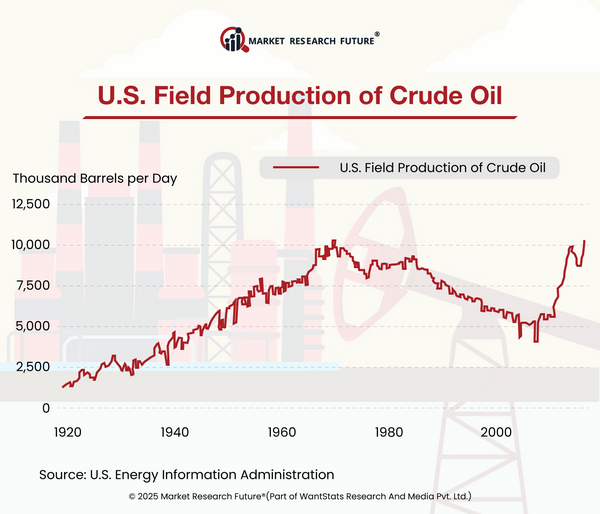The USD 2.3 Trillion Oil and Gas Crisis: Why 2025 Could Be a Tipping Point
With projected losses of USD 2.3 trillion by 2040, the worldwide drive towards decarbonization is likely to leave a significant amount of oil and gas assets stranded. Emphasized by the UK Sustainable Investment and Finance Association (UKSIF), this prediction highlights the financial hazards related to the change to net-zero emissions. The United Kingdom is especially highly exposed; if the net-zero transition is successful, possible losses might be USD 141 billion. These numbers will spur further debates among legislators and investors on the financial consequences of climate change in 2025.
Stranded assets are those investments that, in response to changes in the market or legislative environment, have become outdated or non-performing. Regarding fossil fuels, assets such as coal mines, oil rigs, and associated infrastructure might find themselves stuck as the globe moves toward renewable energy sources. Based on present green transition policies and net-zero ambitions, UKSIF's analysis shows that by 2040, the worldwide economic exposure to fossil fuel assets stranding risk will come to USD 2.28 trillion. This forecast for 2025 has caused the energy industry to rethink its investment plans.
However, these predicted losses pale in contrast to climate change inaction's costs. UKSIF predicts USD 12.5 trillion in economic damage from climate-intensified natural disasters by 2050 at 2.5°C to 2.9°C. This huge discrepancy emphasizes the financial necessity for comprehensive climate policies notwithstanding fossil fuel investment risks in 2025.
Stranded asset concerns have dominated energy transition arguments for years. Governments promise to reduce greenhouse gas emissions, especially in the West. Thus, current oil, gas and coal supplies are jeopardized. This suggests that diminished demand for these resources might entail large financial losses from investments. This problem will become more obvious in 2025 as countries decarbonize.
However, recent energy use trends dispute these concerns' importance. Despite green energy efforts, coal utilization has reached historic heights. Oil and natural gas consumption have increased, with natural gas use significantly. This has led huge oil companies to adjust their transition plans and focus on hydrocarbon activities. This 2025 turnaround illustrates global energy industry trends.
Further MIT study underscores the financial risks of stranded assets. The MIT Joint Program on the Science and Policy of Global Change estimates that the global net present value of untapped fossil fuel extraction through 2050 might range from USD 21.5 trillion to USD 30.6 trillion, depending on climate legislation. Stranded assets in coal power generation may cause losses of USD 1.3–2.3 trillion. These findings will help investors understand fossil fuel asset longevity by 2025.
Companies adapt to the energy shifting situation in response to these issues. Snam, Italy's natural gas grid operator, plans to invest €14.5 billion between 2028 and 2032 to prepare its infrastructure for biomethane and hydrogen. This initiative reuses gas infrastructure to supply hydrogen and carbon dioxide, eliminating asset stranding. Such planned measures by energy businesses negotiating the 2025 renewable energy transition show their orientation.
Finally, USD 2.3 trillion in stranded oil and gas assets by 2040 highlights the financial risks of global decarbonization. Current consumption patterns indicate fossil fuel reliance, while the long-term trend is more sustainable. Investors, politicians, and energy corporations must carefully assess these risks and opportunities in 2025 to ensure their policies meet the evolving energy landscape and prevent financial losses.

